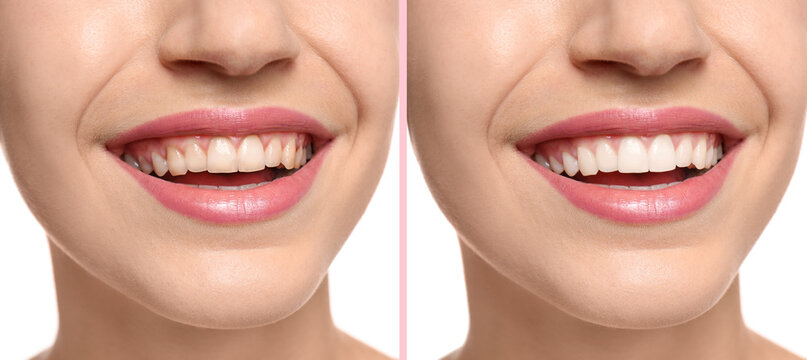
Understanding Smile Design: Crafting Beautiful And Natural Smiles ** ( Apr 23, 2024 )
Category : Smile Design
Smile design is an art and science that focuses on creating beautiful and natural smiles tailored to each individual's unique facial features and personality. Whether you're looking to enhance your smile for cosmetic reasons or restore it due to dental issues, understanding the principles of smile design is crucial for achieving optimal results. In this article, we delve into the intricacies of smile design, exploring the techniques, considerations, and outcomes associated with crafting beautiful and natural smiles.
The Art and Science of Smile Design
Smile design is a multidisciplinary approach that combines elements of dentistry, artistry, and psychology to create harmonious and aesthetically pleasing smiles. It involves an in-depth analysis of facial proportions, dental anatomy, and smile characteristics to achieve optimal balance and symmetry. By integrating scientific principles with artistic techniques, dental professionals can transform smiles and enhance patients' confidence and self-esteem.
Factors Influencing Smile Design
Several factors influence the design of a smile, including:
1. Facial Symmetry and Proportions: The proportions of the face, including the size and shape of features such as the eyes, nose, and lips, play a significant role in determining the ideal smile design.
2. Dental Anatomy: The size, shape, and alignment of the teeth, as well as the gumline and gingival contours, influence the overall appearance of the smile.
3. Lip Line and Smile Arc: The relationship between the upper lip and the teeth, known as the smile arc, affects the visibility of the teeth when smiling. Achieving harmony between the lip line and smile arc is essential for a natural-looking smile.
4. Gingival Display: The amount of gum tissue that is visible when smiling, known as gingival display, can impact the aesthetics of the smile. Balancing gingival display with tooth exposure is crucial for achieving an attractive smile.
The Smile Design Process
The smile design process typically involves the following steps:
1. Comprehensive Evaluation: The dentist conducts a thorough examination of the patient's oral health, facial aesthetics, and smile characteristics. This may include taking photographs, impressions, and digital scans of the teeth and face.
2. Digital Smile Design (DSD): Advanced technologies such as digital imaging and computer-aided design (CAD) software allow dentists to visualize potential smile outcomes and communicate treatment plans with patients.
3. Treatment Planning: Based on the evaluation and DSD analysis, the dentist develops a personalized treatment plan tailored to the patient's needs and goals. This could involve a mix of restorative and cosmetic treatments such as crowns, veneers, tooth whitening, and orthodontics.
4. Mock-Up and Trial Smile: Before proceeding with treatment, the dentist may create a mock-up or trial smile using temporary materials to allow the patient to preview the proposed changes and provide feedback.
5. Treatment Execution: Once the treatment plan is finalized, the dentist begins the process of transforming the smile using various techniques and materials. This may involve multiple appointments over several weeks or months, depending on the complexity of the case.
Achieving Natural-Looking Results
The goal of smile design is to create results that look and feel natural, enhancing the overall appearance of the face while maintaining harmony and balance. Key principles for achieving natural-looking results include:
1. Customization: Each smile design should be customized to the individual's facial features, personality, and preferences. Personalized treatment plans ensure that the results complement the patient's overall appearance.
2. Conservation: Minimally invasive techniques and conservative treatment approaches preserve as much natural tooth structure as possible, resulting in more natural-looking and long-lasting outcomes.
3. Attention to Detail: Paying attention to the smallest details, such as tooth shape, color, texture, and translucency, is essential for creating a lifelike smile that blends seamlessly with the surrounding teeth and gums.
4. Functionality: In addition to aesthetics, smile design considers the functional aspects of the bite and occlusion to ensure that the new smile functions properly and promotes overall oral health.
Conclusion
Smile design is a comprehensive and personalized approach to creating beautiful and natural smiles that enhance facial aesthetics and boost confidence. By understanding the factors influencing smile design and working with skilled dental professionals, patients can achieve optimal results that not only look great but also feel comfortable and function properly. Whether you're seeking cosmetic enhancements or restorative treatments, smile design offers the opportunity to transform your smile and enhance your overall quality of life.
© 2021 Punhani Tooth Care. Crafted with by SINFOME
